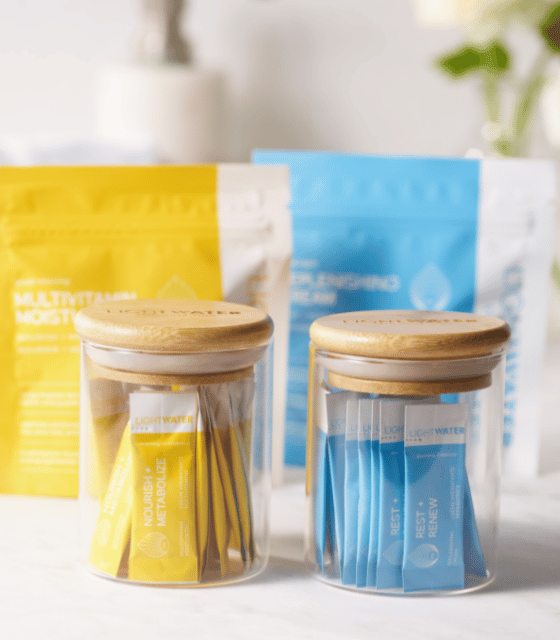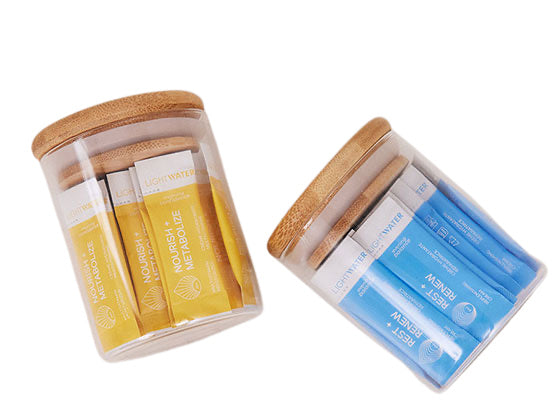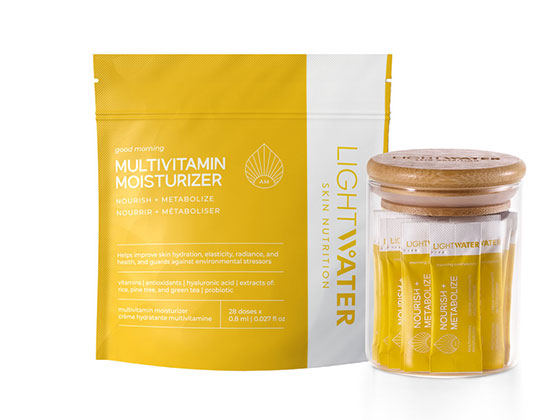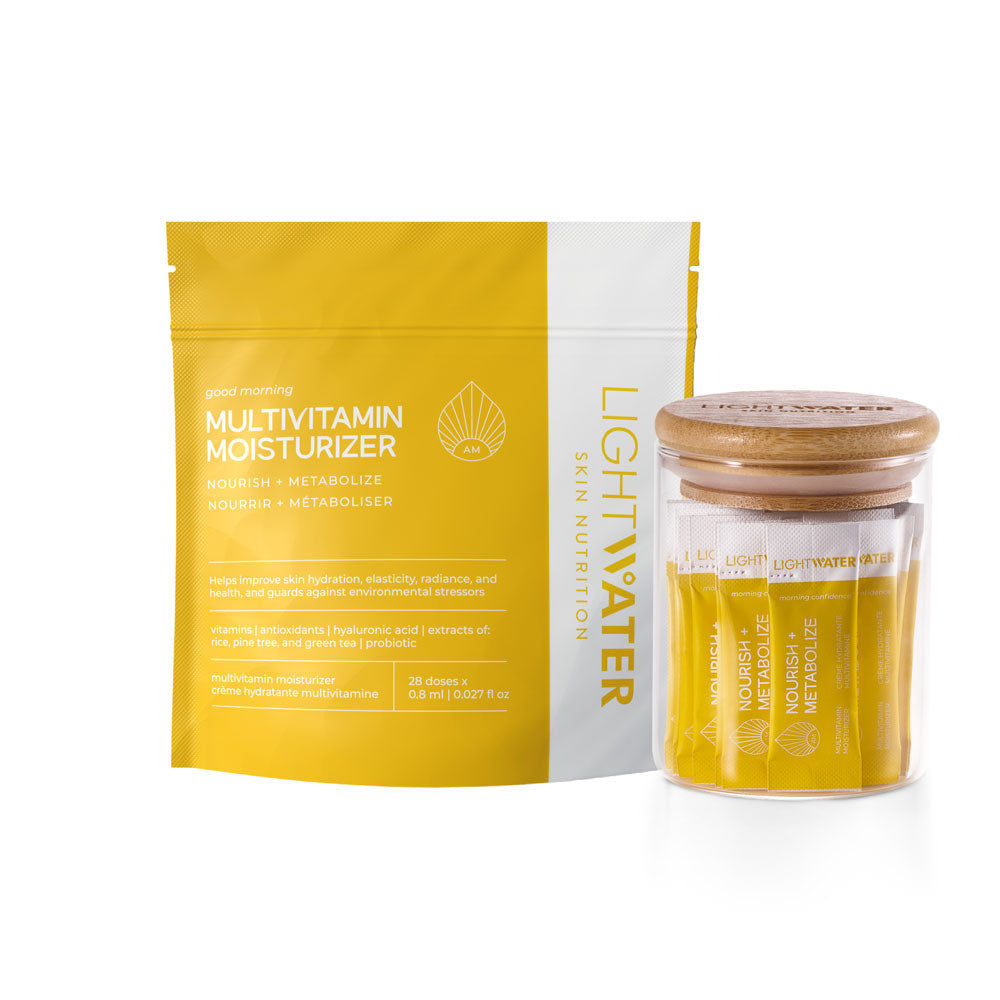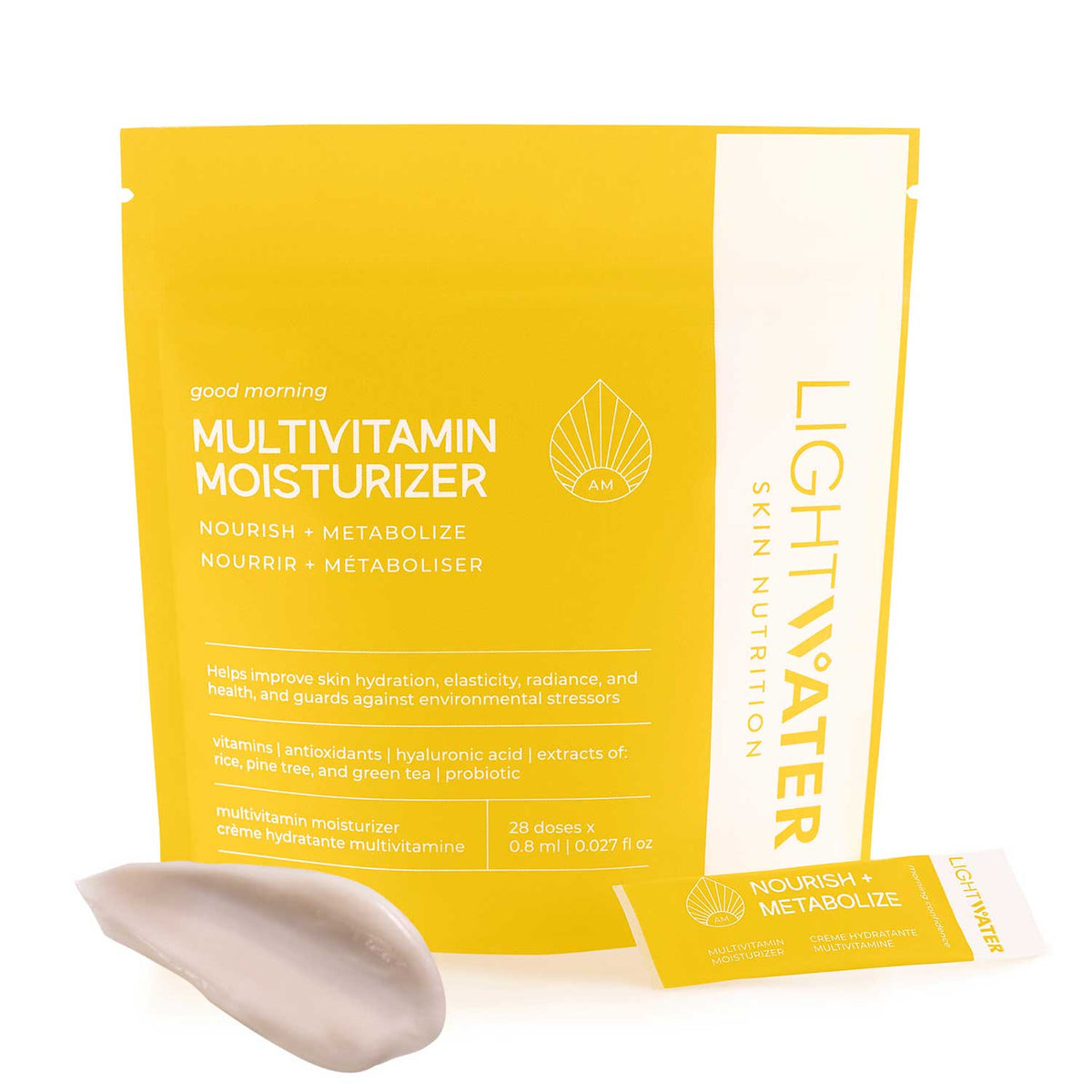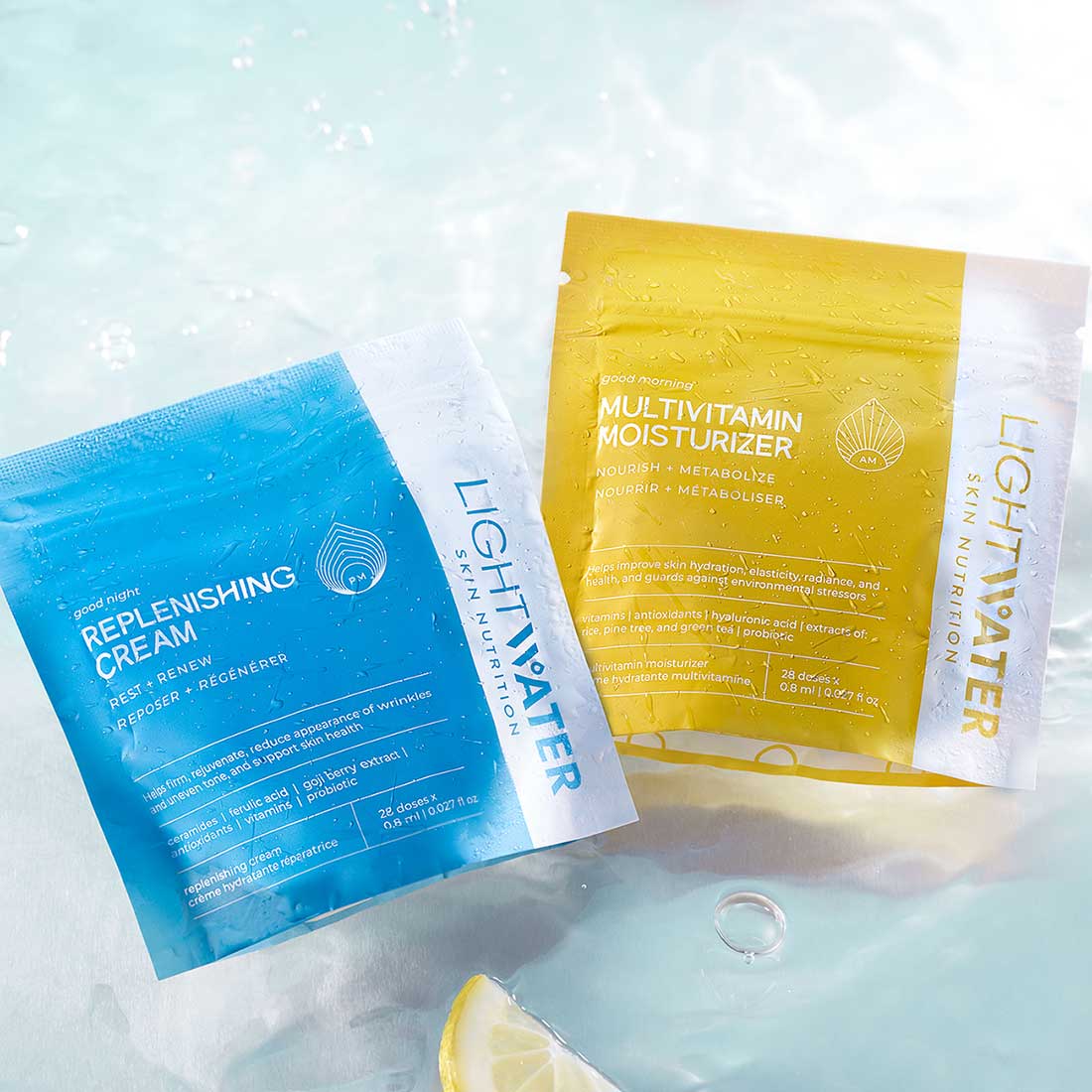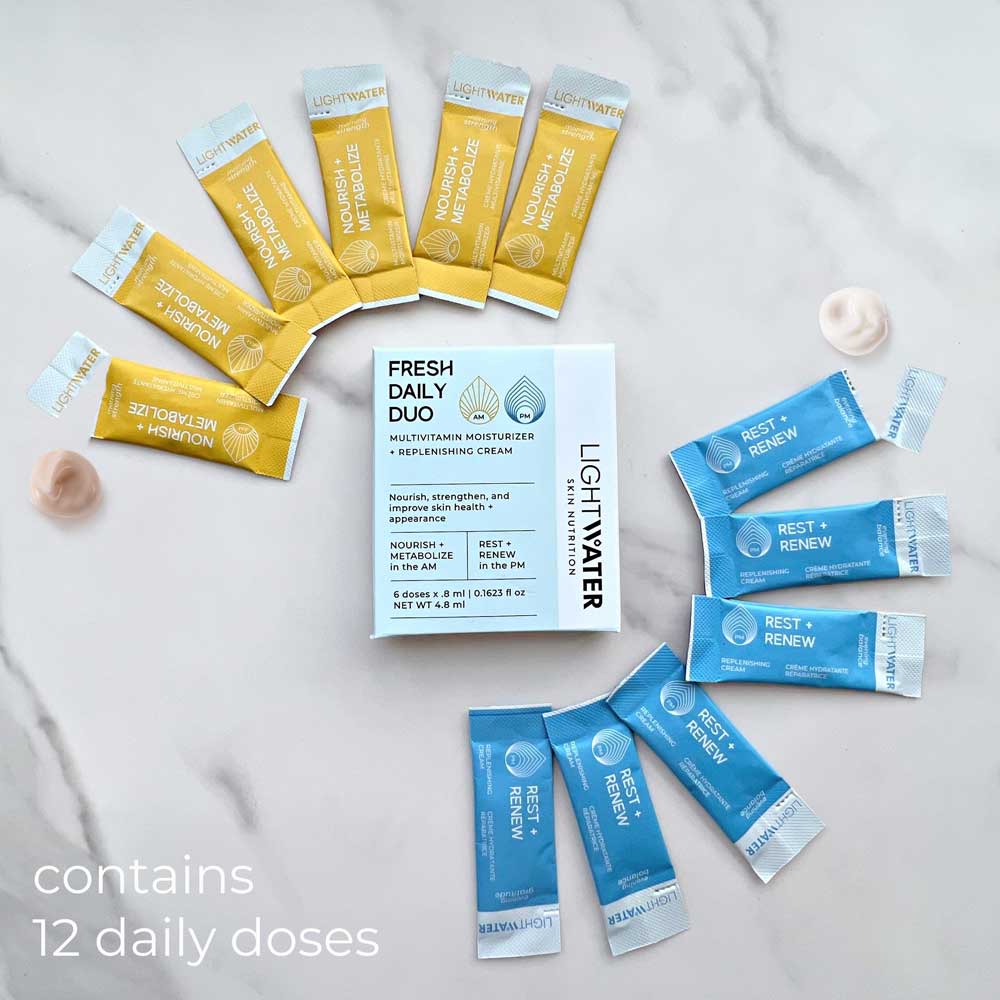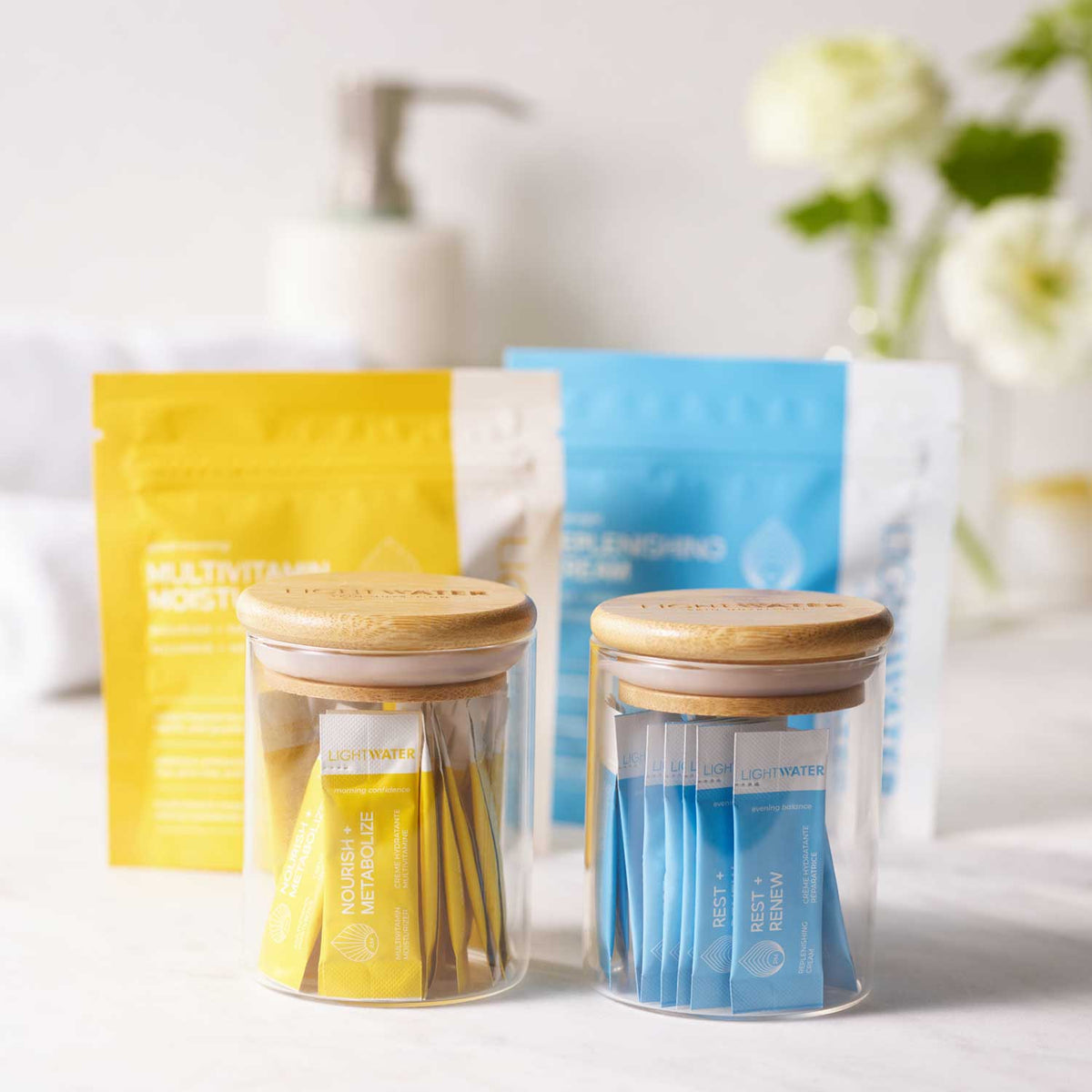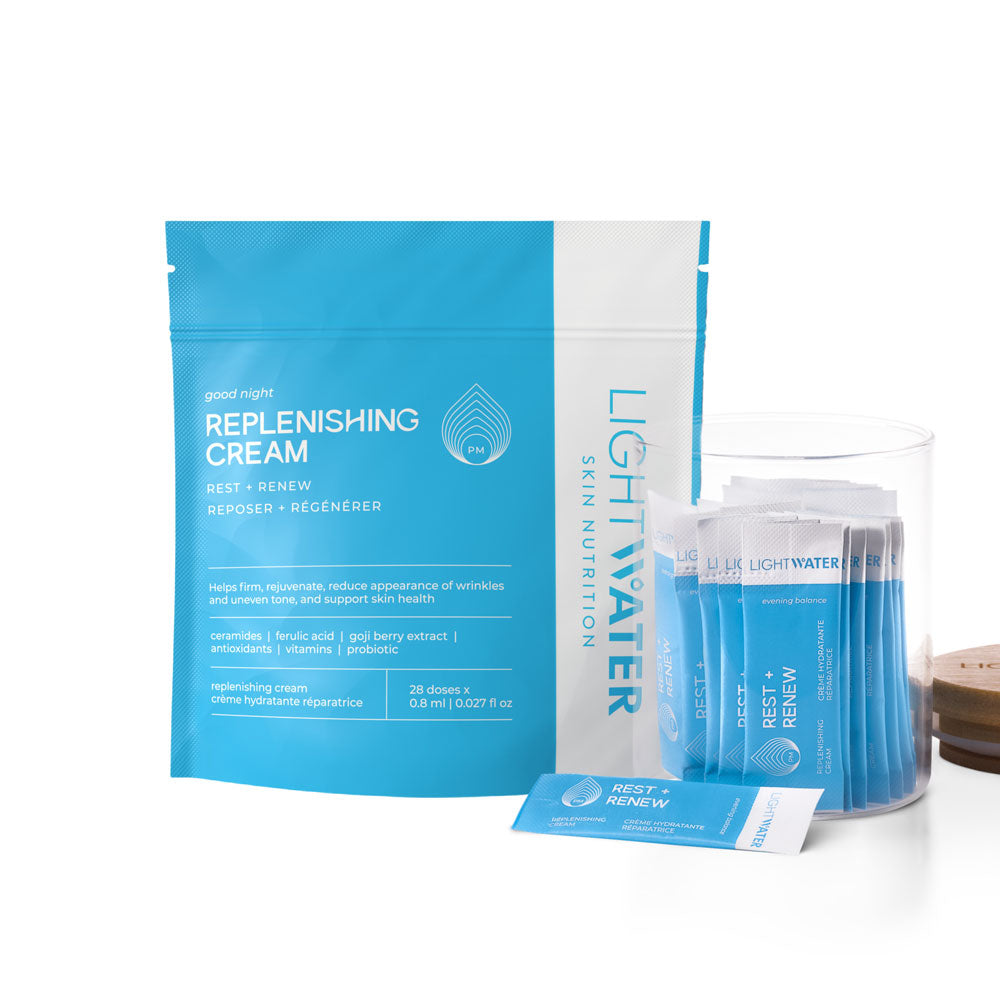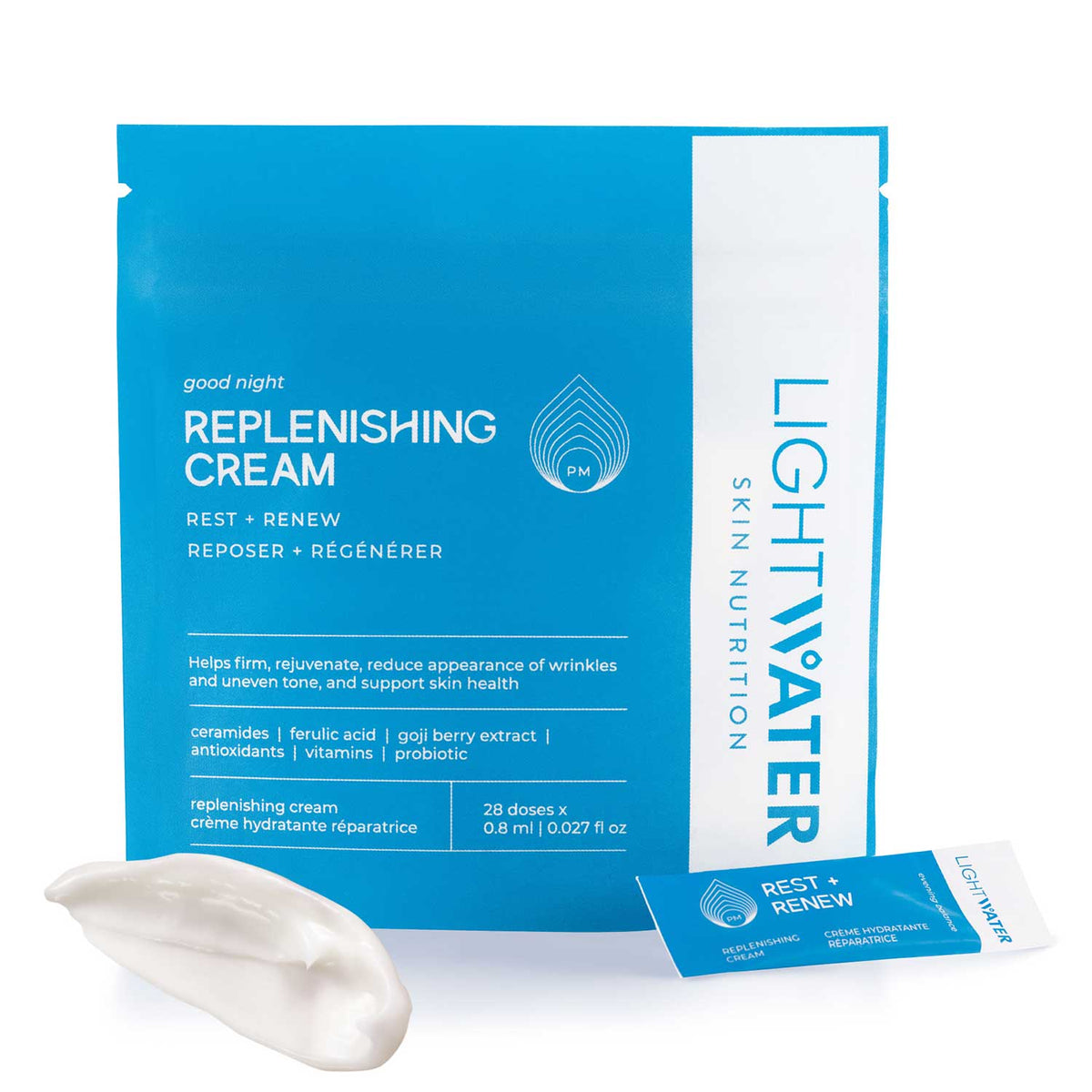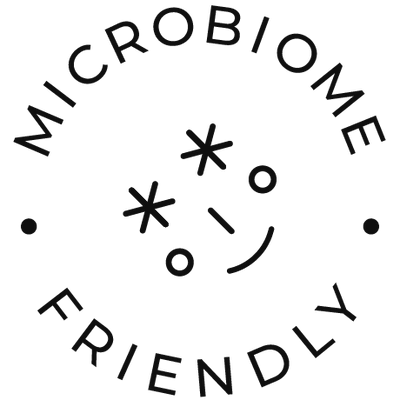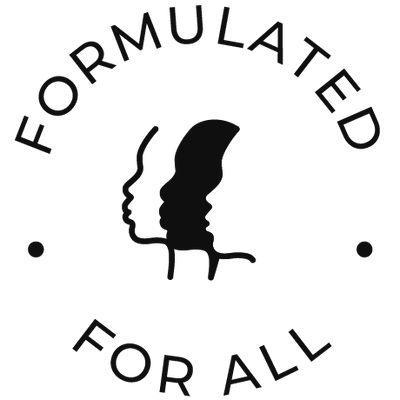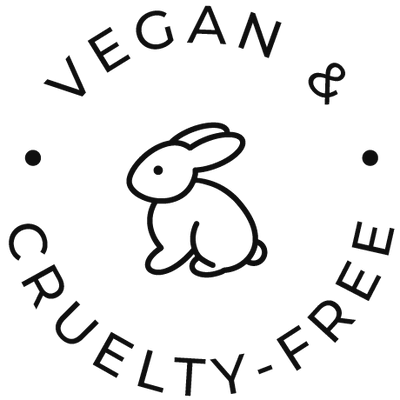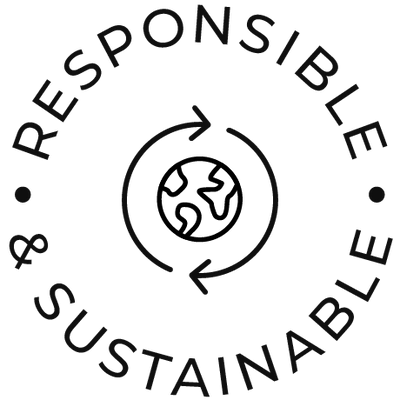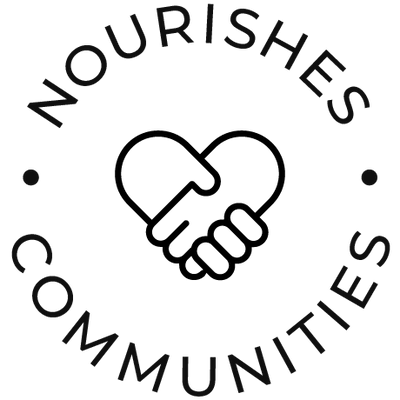Celebrate National Clean Beauty Day with LightWater, the evolution of skincare. Learn the origins of National Clean Beauty Day and how to find brands that align with the clean beauty movement.
In this article:- What is National Clean Beauty Day?
- How did National Clean Beauty Day start?
- What is the Clean Beauty Movement?
- How to Spot a True Clean Beauty Product
- Which Ingredients Should You Avoid
- What About Sustainable Beauty?
- How is LightWater shifting the Clean Beauty industry?
What is National Clean Beauty Day?
You’ve heard the term ‘clean beauty,’ but did you know it has its own day? National Clean Beauty Day, celebrated on July 15th, aims to raise awareness about clean and green products and their impact on people’s health and our planet. It highlights the importance of shopping consciously and the efforts beauty brands are undertaking to educate consumers, clean up the beauty industry, and develop planet-friendly packaging solutions.
How did National Clean Beauty Day Start?
National Clean Beauty Day was born on July 15, 2020. Karen Behnke started one of the first corporate wellness companies and has been involved with the fitness and nutrition industry since the 1980s. While pregnant with her first child, Karen became concerned about skin absorption. She began researching the ingredients found in the beauty products she was using and was taken aback to see that both high-end department stores and inexpensive drug store products used potentially harmful ingredients! Karen’s search for cleaner cosmetics solutions inspired her to start Juice Beauty, which then created the National Clean Beauty Day holiday in 2020 to celebrate its birthday and honor the clean beauty movement.
What Is the Clean Beauty Movement?
The clean beauty movement encourages cosmetic and skincare brands to exclude ingredients that are known or suspected to be harmful. Ingredients can be natural or synthetic, as long as they are deemed to be safe for consumers’ health and the environment. Some brands may take it a step further to include cruelty-free sources and sustainable practices across manufacturing, packaging, and shipping.
Not sure if your cosmetic or skincare products are truly clean? Check for product formulations that use microbiome-friendly or vitamin-rich, antioxidant-rich, botanical extracts as a base rather than petroleum and silicones. Trustworthy clean beauty providers avoid ingredients that are potentially harmful to humans, animals, or the planet.
How to Spot a True Clean Beauty Product
To find a genuine clean beauty product, use “free-from” at the forefront of your criteria. Look for products free from chemicals linked to or suspected of being harmful to human health and the environment:
- Parabens – are preservatives found in about 85% of cosmetics. Some of them, such as propylparaben, butylparaben, and isobutylparaben – can be dangerous. Also known as endocrine disruptors, they imitate estrogen and have been linked to certain cancers.
- Formaldehydes and formaldehyde releasing preservatives – Formaldehyde is a carcinogenic impurity released by numerous cosmetic preservatives, including diazolidinyl urea, imidazolidinyl urea, DMDM hydantoin, quaternium-15, 2-bromo-2-nitropropane-1,3-diol, and sodium hydroxylmethylglycinate. These chemicals can be absorbed through the skin and linked to cancer and allergic skin reactions.
- Triclosan and triclocarban – used as antimicrobial agents for soaps and cosmetics. They are endocrine disruptors and bioaccumulate in the environment.
- Butylated hydroxyanisole (BHA) and butylated hydroxytolene (BHT) – used as preservatives for personal care products and processed foods. They are linked to irritation, systemic toxicity, and endocrine disruption.
- Phthalates – there are 13 variations of phthalates. Some are considered highly unsafe (the biggest offenders being: dibutyl phthalate and butyl benzyl phthalate). These can potentially cause reproductive problems, and high levels have been linked to belly fat and insulin resistance.
- Sulfates – act as a detergent, separating oil and residue from your skin and leaving it squeaky clean. They strip the skin of natural oils and lead to dryness.
- Silicones – are popular ingredients for skincare products because of their texture-enhancing and occlusive properties. However, they are more difficult to wash off and can linger on the skin surface causing breakouts. They are also not eco-friendly because they don’t break down or degrade easily in the environment.
- Fragrances – both synthetic and natural fragrances. Fragrances are known to be allergens and sensitizers.
- Aluminum compounds – some colorants or dyes containing aluminum, including Aluminum Lake and aluminum salts used in deodorants, can be absorbed through the skin and accumulated in the body.
- Hydroquinone – used for depigmentation or as a skin lightening agent. Hydroquinone causes skin dryness, irritation, itching, redness, or allergic reactions.
- Petrolatum, petroleum jelly, paraffin oil, and mineral oil – used as moisturizing or barrier strengthening agents. They can be contaminated with toxic residual chemicals if they are not fully refined.
- Talc – used in baby powder, body products, and makeup products. Some talc contains asbestos, a known carcinogen. Talc can cause irritation and organ toxicity. It is also potentially linked to cancer.
Keep in mind that not all synthetic ingredients are bad, and not all items labeled ‘clean’ or ‘natural’ are safe. The Environmental Working Group (EWG) provides a detailed database where you can cross-reference your personal care, cleaning, and food products. Check out the EWG database to find easy to understand ratings about the ingredients in your products, and any risk factors they are linked to.
What About Sustainable Beauty?
Sustainable beauty is here to stay. NielsenIQ claims clean beauty products have been in higher demand and show no signs of slowing down. While achieving true sustainability in the beauty industry is an evolving process, the clean beauty movement aims to reduce the beauty industry’s contributions to plastic pollution and waste. Beauty brands are evolving to reduce their carbon footprint, material and energy use, and plastic; they are transitioning to plastic-free, 100% recyclable, compostable, or post-consumer recycled materials. Shoppers are also considering refillable options.
Consumers have the power to influence the beauty industry with their dollars. More consumers are becoming climate change conscious and demanding planet-friendly strategies that utilize recycled plastic, materials, and packaging. The lack of clarity in beauty industry regulations create vulnerability around misleading marketing or information. Some companies may use ambiguous language that greenwashes potentially harmful products using words like ‘green,’ ‘eco,’ and ‘natural.’ Choose clean beauty brands that educate consumers and practice transparency around their science and ingredients.
How is LightWater Shifting the Clean Beauty Industry?
LightWater believes skin care should be as fresh and nutritious as whole foods. We have set a new standard of clean beauty, one without any of above-mentioned chemicals or any of the preservatives commonly used in skincare products. In addition, our formulations are free from any ingredients known or even suspected to be concerning. We create products that support and nourish skin health, using only the freshest sourced active ingredients in their purest form. You can count on our skin care products to be truly clean, gentle, microbiome-friendly, and healthy for all skin, even highly sensitive skin. We also lead with vegan, cruelty-free, responsible, and sustainable sourcing, manufacturing, and packaging practices. You can take care of your skin and the planet too. Learn more about our Clean Act at https://lightwaterskin.com/pages/ingredients

References:
https://yourbrilliance.com/parabens-phthalates/

